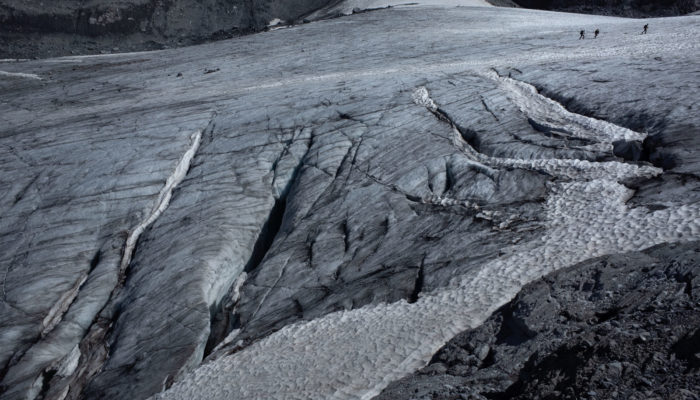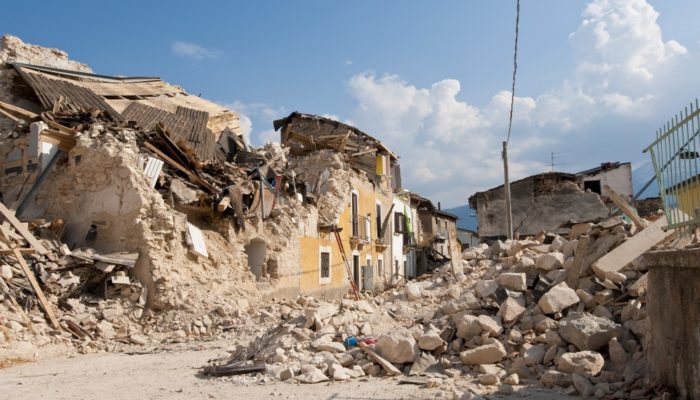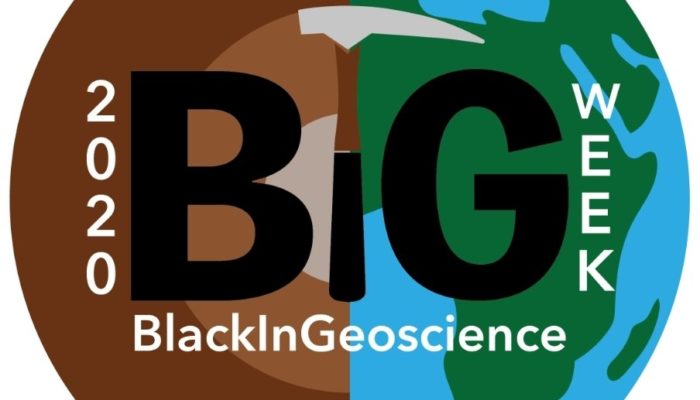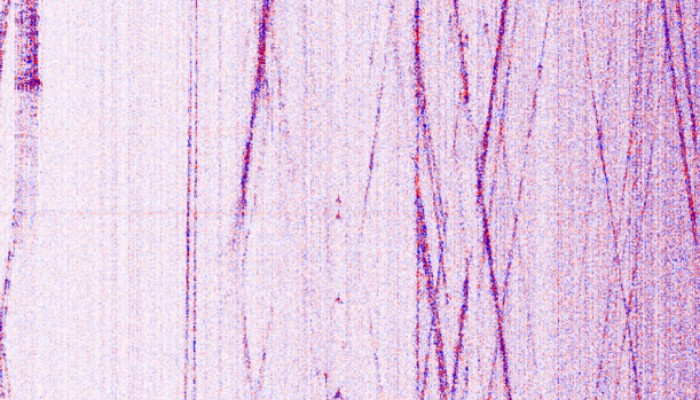“Be thou as chaste as ice, as pure as snow”. Hamlet, Act 3 Scene 1 (W. Shakespeare) Snow and ice are not always as pristine as one may think. If you have ever walked on a glacier or on a snowfield during summer, you might have already noticed that. In fact, both snow and ice are often darkened by impurities. In this blog post, you will learn about the main processes leading to ice and snow darkeni ...[Read More]
If you didn't find what you was looking for try searching again.
Geodynamics
Advanced geodynamic models of giant earthquakes
Though giant earthquakes are disastrous, they provide essential information to investigate earthquake physics. In this week’s news and views, Thyagarajulu Gollapalli, a PhD student jointly from the Monash University and the Indian Institute of Technology, Bombay, discusses our present understanding of such big earthquakes and how advanced numerical models will help to get a more precise picture of ...[Read More]
Tectonics and Structural Geology
TS Must-Read – Wilson (1965) A New Class of Faults and their Bearing on Continental Drift
In 1965, JT Wilson published “A New Class of Faults and their Bearing on Continental Drift” (https://doi.org/10.1038/207343a0). This is one of the papers that led to a paradigm shift in Earth Sciences and would become one of the bases of plate tectonics. The concept of the transform fault, introduced in this paper in a very smart way, is fundamental in tectonics textbooks nowadays. Indeed many of ...[Read More]
Cryospheric Sciences
Climatic drivers of permafrost mounds in North American peatlands
Permafrost, or perennially frozen, peatlands are among the world’s largest terrestrial carbon stores and are particularly threatened by warming climates. Understanding how modern climate controls the distribution of permafrost peatlands is crucial for making confident predictions of their past and future extents. What are permafrost peatlands? Peatlands are wetlands that develop where cold, wet co ...[Read More]
Hydrological Sciences
Water Researchers of Color experts in their fields
The Water Researchers of Color (WaterPOC) database is a resource that aims to add to numerous efforts in the last year to raise awareness of Black, Indigenous, and people of color (BIPOC*) in science, in this case specifically multiple disciplines intersecting with water. This resource mirrors many others, such as 500 Queer Scientists and 500 Women Scientists and numerous other databases [1], whic ...[Read More]
Seismology
From light to waveform: how fiber-optic cables can be repurposed as seismic arrays
What is Distributed Acoustic Sensing (DAS) and why is it exciting? Any observational seismologist would agree that our understanding of subsurface structure and dynamics is in great part limited by our ability to acquire data at the right locations, with the necessary spatial and temporal resolution. However, although our ultimate objective would be to cover the Earth with high-quality, broadband ...[Read More]
Geodynamics
Baking geological cakes!
Who doesn’t love baking? Seriously, baked goods are the best: with or without gluten, with or without chocolate. But you know what makes every bake out there even better? A geological theme. You heard it here first! This week, Ruth Amey, postdoctoral researcher and programme manager of the Earth Observation Center for Doctoral Training at the University of Leeds, United Kingdom, discusses th ...[Read More]
GeoLog
Imaggeo On Monday: Carbon-sink
Biochar is a carbon rich product of biomass pyrolysis, a process where biological material is exposed to high temperatures, in the absence of oxygen, to cause the decomposition of that material into various chemical and physical components. By going through this process, biochar can be a valuable soil additive and a carbon sink with a high potential to take up a wide variety of contaminants (throu ...[Read More]
Geodynamics
The Sassy Scientist – Out Of Orientation
Ravi is done with his research, mentally. As he muses on a potential departure from academia – awaiting an unhackneyed sense of perspective – he asks: I want to leave academia! Where do I go? Dear Ravi, I am sorry to hear you’ve given thought to a termination of your academic career. After years of working in geodynamics, it sure shall be a great challenge to find new perspective ...[Read More]
Nonlinear Processes in Geosciences
NPG Paper of the Month: “Correcting for model changes in statistical postprocessing – an approach based on response theory”
This month the NPG Paper of the Month award is achieved by Jonathan Deameyer and Stéphane Vannitsem for their paper “Correcting for model changes in statistical postprocessing – an approach based on response theory” (https://doi.org/10.5194/npg-27-307-2020). Jonathan did his PhD in statistical mechanics at the Université Libre de Bruxelles under the supervision of Pierre Gaspard and he is currentl ...[Read More]










